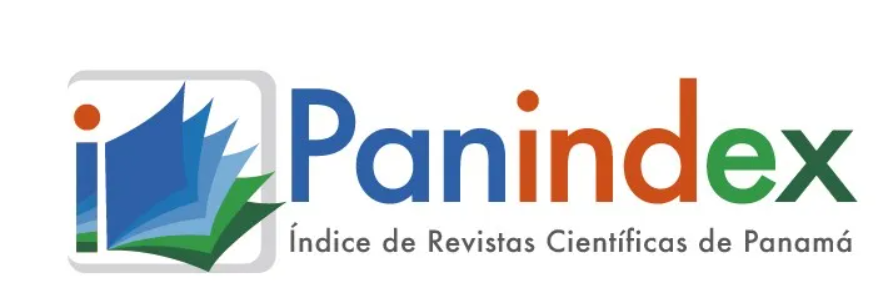The content of the publications and the links suggested in them are the sole responsibility of the authors and not of the METROPOLITAN UNIVERSITY OF EDUCATION, SCIENCE AND TECHNOLOGY (UMECIT) or CATHEDRA magazine. They are protected by international copyright laws just as the UMECIT and CATHEDRA logos, hence their reproduction is totally prohibited
This work is licensed under a Creative Commons Attribution-NonCommercial-NoDerivatives 4.0 International License.
The authors maintain the copyright and transfer the right of the first publication to the journal, with the article registered with Creative Commons Attribution-NonCommercial-NoDerivatives License, which allow others They can download the works published in this magazine and share them with other people, as long as their authorship is recognized, but they cannot be changed in any way nor can they be used commercially.
Authors are recommended to include their work in social networks such as Researchgate and institutional repositories once the article or visible fact has been published on the journal page, without forgetting to include the digital document identifier and the name of the journal.



Abstract
Criminal profiling is a technique that seeks to describe, explain and predict the demographic (age, sex, occupation) and psychological (personality traits, motivation) characteristics of a person who has committed a crime and whose identity is unknown. To this end, it gathers information from the crime scene, the victim, witnesses and documents related to the case. In summary, profiling is a technique that, based on the available data on the crime, the crime scene and the victim, provides information on the characteristics of the perpetrator.
Keywords
References
Angulo González, R. D. (2010). Medicina forense y criminalística: Sistema penal acusatorio.
Fierro Méndez, H. (2006). La criminalística aplicada al proceso oral acusatorio.
Garrido Genovés, V. (2007). La mente criminal.
Hikal, W. (2013). Introducción al estudio de la criminología.
Downloads
Publication Facts
Reviewer profiles N/A
Author statements
- Academic society
- Universidad Metropolitana de Educación, Ciencia y Tecnología
- Publisher
- Universidad Metropolitana de Educación, Ciencia y Tecnología




















